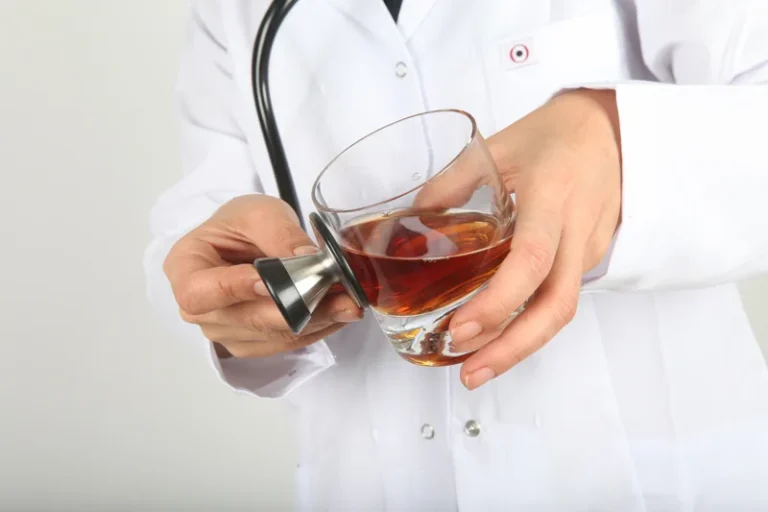
Thus, it is advisable to refrain from using methadone in patients experiencing shock. Stimulants are drugs such as methamphetamine, amphetamine and cocaine. Although these drugs vary in their effects, they have similar withdrawal syndromes. Withdrawal management alone is unlikely to lead to sustained abstinence from benzodiazepines. The patient should commence psychosocial treatment as described in these guidelines.

Release planning for methadone patients
So, dose reductions can occur once a week, once every two weeks, or less often. They can be highly frustrating for both people in recovery and their loved ones. It helps to remember that these symptoms are temporary and should resolve within the year. Methadone is effective for most people, preventing innumerable overdose deaths each year. Its primary drawback is the prolonged withdrawal syndrome it can cause. If you don’t have access to a mental health professional, here’s how you can find support.
Methadone: Treatment Uses, Effects, and Withdrawal Management

Your experience with methadone withdrawal can depend on a variety of factors, including your past experiences and expectations. Some people go into it thinking it’s going to be a nightmare, but it turns out to be milder than anticipated. Others think it will be easy and find that it requires a greater commitment than they thought.
Adverse Effects
- A person should make sure that they are under medical supervision throughout the entire process.
- Your starting dose will be increased gradually each day, as needed, until you no longer have withdrawal symptoms.
- Methadone withdrawal is not usually dangerous for people in reasonably good health, though it can make a person feel very ill.
- It was hard enough for Stephanie to get methadone treatment when she moved from Indiana to Florida last year.
- Most people experience withdrawal symptoms within 2 to 4 days of their last dose, and these symptoms typically last 7 to 14 days but may last longer.
It may be a tablet, oral dispersible tablet (disket), or liquid. If a doctor prescribes methadone for you, make sure you take it exactly as they say you should. Methadone slows down your body functions and reduces physical pain as well as feelings of anxiety.

Common and Serious Side Effects of Methadone
- These treatments make it much more likely that you’ll recover fully.
- Your healthcare professional may recommend that you have naloxone available to lower your risk of an overdose.
- If you want to stop taking methadone, you will need to make a new treatment plan.
- You may be eager to reach your goal, but your body needs time to adjust to lower levels of opioids, and then to none at all.
- However, many people have no side effects or only minor ones.
It is important to take the right dose, according to your treatment plan and prescription. When you have stabilised on methadone, it may be possible to take some of your doses at home. You’ll discuss this with your key worker and prescriber to work out what is right for you. Other opioids include codeine, morphine, fentanyl and diamorphine (heroin). Methadone has the potential to induce orthostatic hypotension and syncope in ambulatory patients. Vital signs should be monitored after the initiation or titration of methadone.
What are the symptoms of methadone withdrawal?
As such, professionals will assist you in making decisions about methadone treatment as part of detox and/or ongoing opioid use disorder treatment. Your physician may prescribe medications to treat https://ecosoberhouse.com/ symptoms off-label, meaning that they are not FDA-approved for those specific indications. However, they may recommend such medications depending on your particular needs.
- Dose decreases should be 2.5 to 5mg per week, and the patient should be closely monitored for signs of withdrawal.
- During a methadone taper, the dosage should be lowered slowly and in a controlled fashion.
- Opioid medicine can slow or stop your breathing, and death may occur.
- It is very common for people who complete withdrawal management to relapse to drug use.
- But there are risks linked to opioid use — including severe constipation, nausea, dependence, misuse, opioid use disorder and accidental overdose.
- Trained professionals can determine a tapering schedule, including a safe starting dosage, and they can determine the best way to lower the dosage as needed over a set period.
Health Reporting in the States
It’s often a very helpful and effective treatment for those who need it for this purpose. Narcan (naloxone) is a medication that can reverse an opioid overdose. The drug is an opioid antagonist, meaning it binds to opioid receptors to reverse and block the effects of opioids.
Tell your prescribing doctor about all medications that you take. Fatal side effects can occur if you use opioid medicine with alcohol, or with other drugs that cause drowsiness or slow methadone withdrawal your breathing. Symptoms typically present within 24 hours of the user’s last dose. However, it can take anywhere between 15 and 60 hours for methadone to be out of a user’s system.

